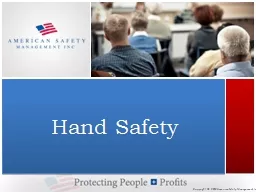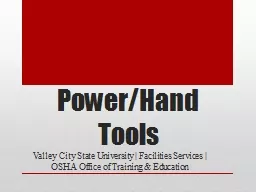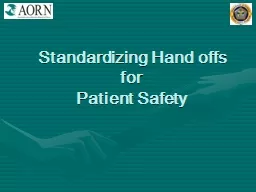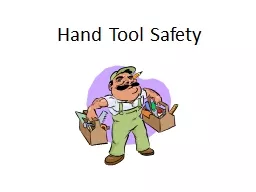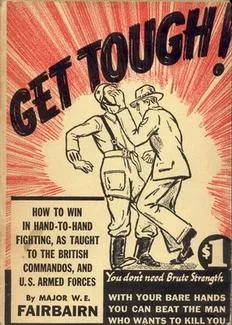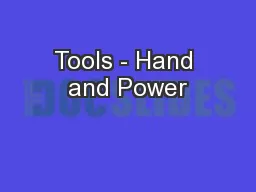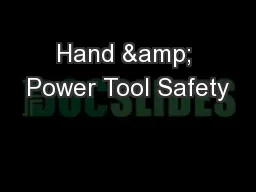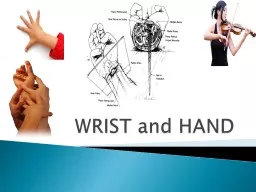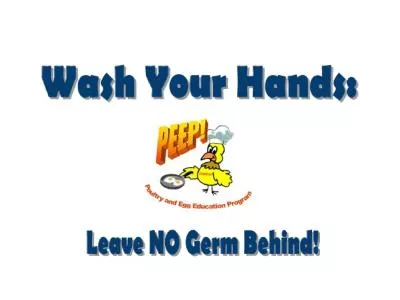PPT-Hand Safety
Author : phoebe-click | Published Date : 2017-08-16
Nearly 12 of all onthejob injuries involve hands and fingers Injuries to fingers and thumb rank as the 3 rd most frequently injured body parts The majority of these
Presentation Embed Code
Download Presentation
Download Presentation The PPT/PDF document "Hand Safety" is the property of its rightful owner. Permission is granted to download and print the materials on this website for personal, non-commercial use only, and to display it on your personal computer provided you do not modify the materials and that you retain all copyright notices contained in the materials. By downloading content from our website, you accept the terms of this agreement.
Hand Safety: Transcript
Download Rules Of Document
"Hand Safety"The content belongs to its owner. You may download and print it for personal use, without modification, and keep all copyright notices. By downloading, you agree to these terms.
Related Documents

